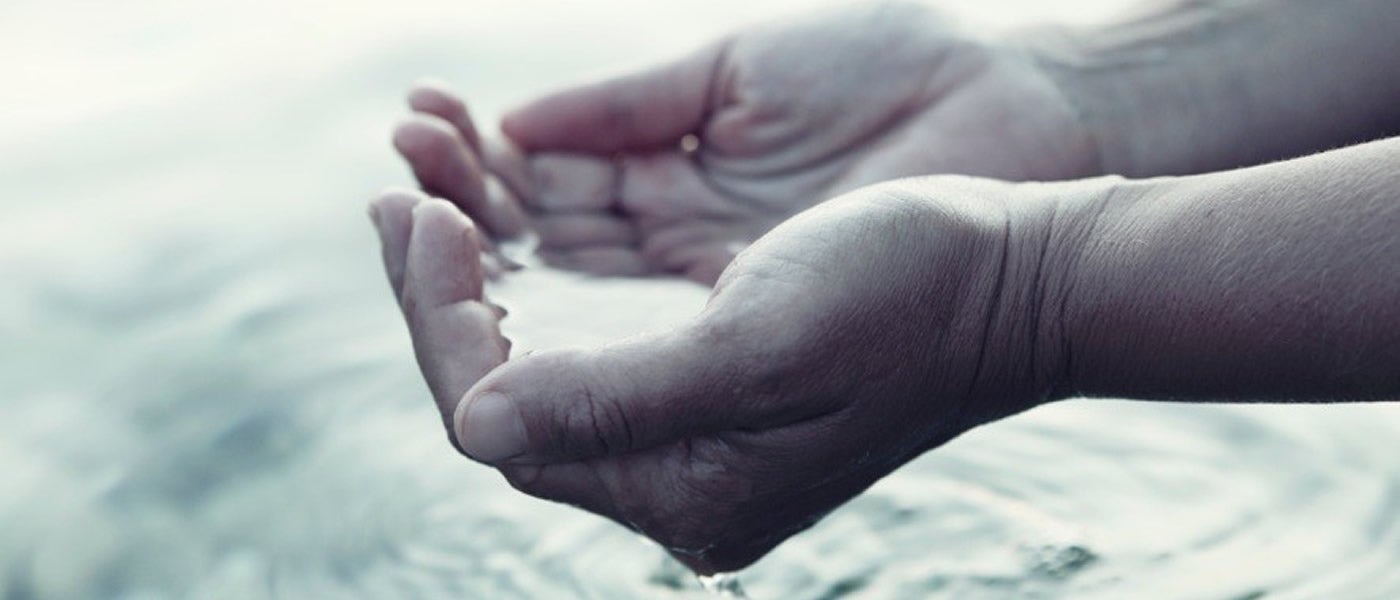by Ikuko Kunitsuka, @BIDagua contact working with the Caribbean
We use lots of water every day but have you thought about how much water do you actually consume every day?
According to the USGS 2005 Water Census, average daily water use in the US is approximately 100 gallons (370 liters) per person, or more than 300 gallons (1,130 liters) per family. See the breakdown in Table 1.
Table 1: Typical Water Use at Home[1]
| Bath | A full tub is about 135 liters |
| Shower | 9 liters per minute. Old shower heads use as much as 15 liters per minute. |
| Teeth Brushing | <4 liters, especially if water is turned off while brushing. Newer bath faucets use about 3-4 liters per minute, whereas older models use over 8 liters. |
| Hands/face washing | 4 liters |
| Face/leg shaving | 4 liters |
| Dishwasher | 75 liters/load, depending of efficiency of dishwasher. |
| Dishwashing by hand | 15 liters/minute for old faucets. Newer kitchen faucets use about 3-8 liters per load. |
| Clothes washer | 95 liters/load for newer washers. Older models use about 150 liters per load. |
| Toilet flush | 10 liters for older models. Most all new toilets use 5 liters per flush. |
| Glasses of water drunk | 200 gram per glass |
| Outdoor watering | 8 liters per minute. |
Since annual availability of water is limited, we need to reduce our water use in order to share water among the growing world population.
We can reduce the above home water use by installing water-saving toilets, applying a water-saving shower-head, turning off the tap during teeth-brushing, using less water in the garden and replacing old white staffs with new ones.
We probably have to spend some money for water saving as recommended by many sources, but are we doing enough? Many of us know that many parts of the world face serious water issues such as depletion or pollution of water, causing diseases, malnutrition, starvation, species extinction, and so on.
As consumers; however, we tend to neglect the fact that the largest part of our water use is associated with the products (such as food, paper, cotton clothes, etc.) we buy in the supermarket or elsewhere.
The water footprint of a product (a commodity, good or service) is the volume of freshwater used to produce the product, measured at the place where the product was actually made. Let’s take a look at the footprints for each product in Table 2.
Table 2: Water Footprints of Food Items[2]
|
Food Item |
Unit |
Average Water Footprint (liters) |
| Apple or Pear |
1 kg |
700 |
| Banana |
1 kg |
860 |
| Beef |
1 kg |
15,500 |
| Cabbage |
1 glass of 250 ml |
200 |
| Cheese |
1 kg |
5,000 |
| Chicken |
1 kg |
3,900 |
| Chocolate |
1 kg |
24,000 |
| Coffee |
1 cup of 125 ml |
140 |
| Cucumber or pumpkin |
1 kg |
240 |
| Dates |
1 kg |
3,000 |
| Groundnuts |
1 kg |
3,100 |
| Lettuce |
1 kg |
130 |
| Maize |
1 kg |
900 |
| Mango |
1 kg |
1,600 |
| Milk |
1 glass of 250 ml |
250 |
| Olives |
1 kg |
4,400 |
| Orange |
1 kg |
460 |
| Peach or nectarine |
1 kg |
1,200 |
| Pork |
1 kg |
4,800 |
| Potato |
1 kg |
250 |
| Rice |
1 kg |
3,400 |
| Sugar |
1 kg |
1,500 |
| Tea |
1 cup of 250 ml |
30 |
| Tomato |
1 kg |
180 |
| Wine |
1 glass of 125 ml |
120 |
The water footprint of a consumer (Table 2) is generally much larger than the direct one (Table 1). A consumer has basically two options to reduce his/her indirect water footprint. One option is to substitute a consumer product that has a large water footprint by a different type of product that has a smaller water footprint. Examples include eating less meat or becoming vegetarian, drinking tea instead of coffee or, even better, drinking plain water.
A second option is to stick to the same consumption pattern but to select the beef, vegetables or coffee that has a relatively low water footprint or that has its footprint in an area that does not have high water scarcity. It is; however, very difficult for us to identify the products with lower footprint. Then look for farmers or vendors who follow organic and sustainable growing practice in your local area. Go local!
For more information regarding the water footprint, please go to the website; http://www.waterfootprint.org/?page=files/home
[1] Data obtained from the USGS website http://water.usgs.gov/edu/qa-home-percapita.html, converted to liters.
[2] Water Footprint website http://www.waterfootprint.org/Reports/Hoekstra-2008-W180aterfootprintFood.pdf



Leave a Reply